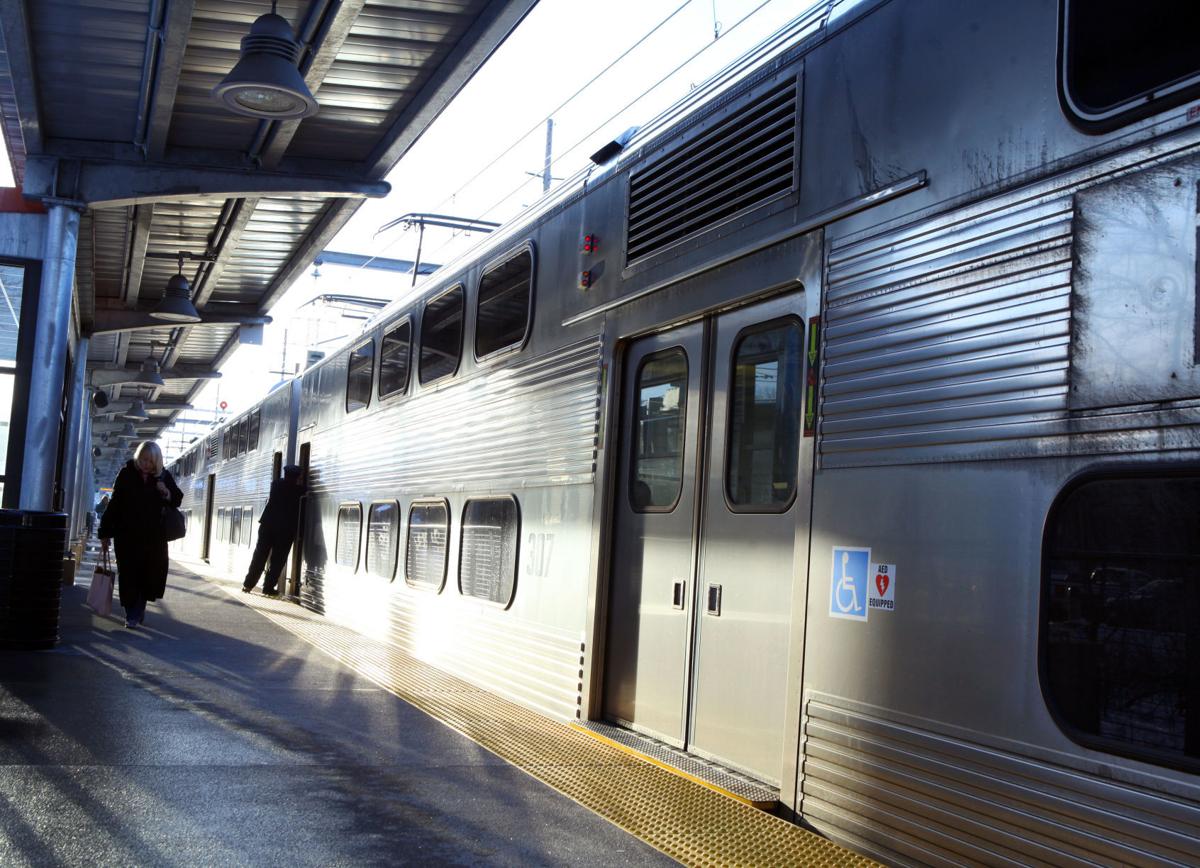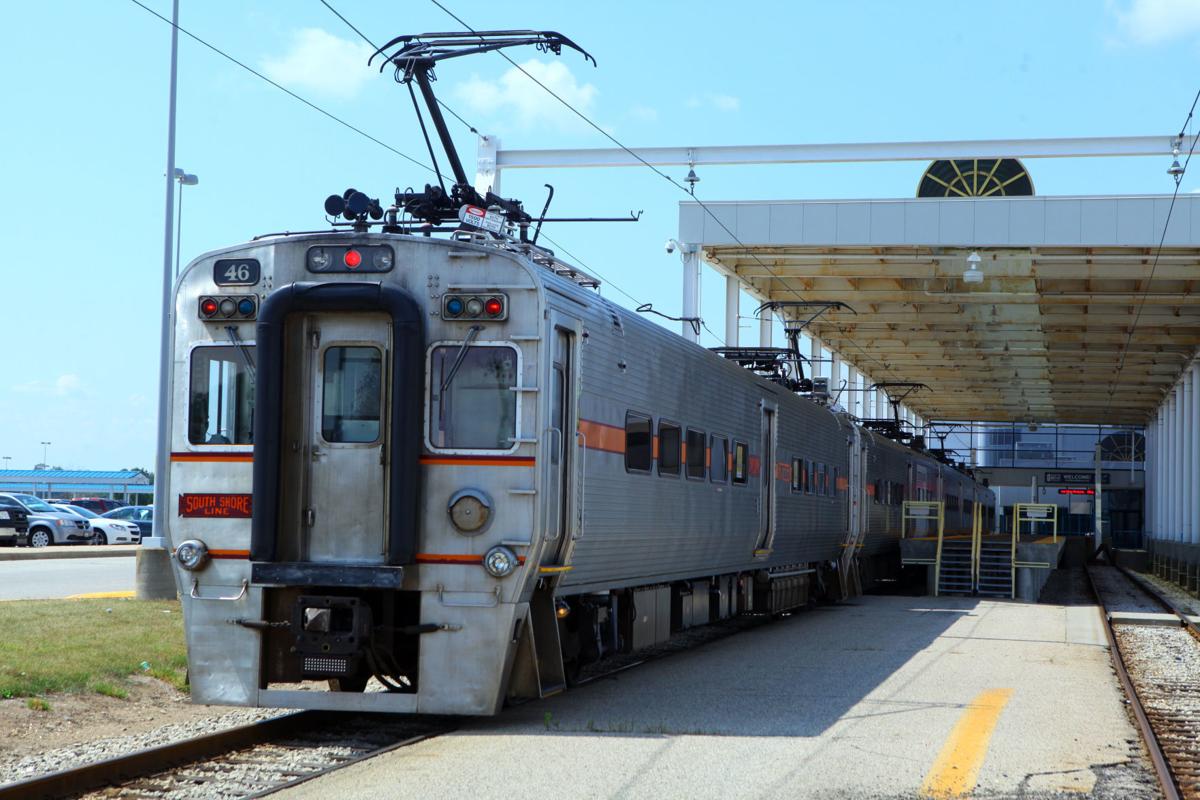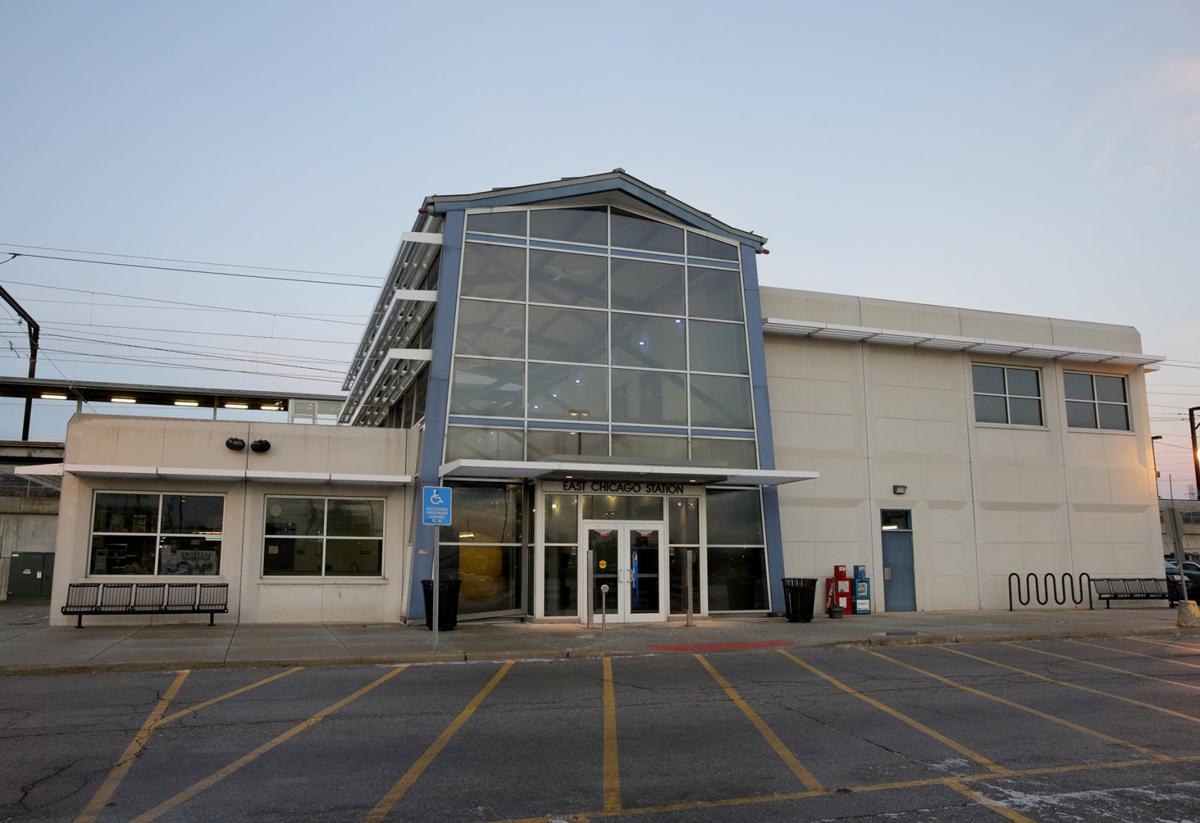South Shore Line officials detailed $138 million in capital project spending for 2018 and nearly $1.2 billion for the next five years during the January meeting of the Northern Indiana Commuter Transportation District Board of Trustees.
In addition to prominent projects like the proposed West Lake Corridor extension and Double Track expansion between Gary and Michigan City, the capital plans call for completion of the federally mandated Positive Train Control safety system, relocation of the South Bend International Airport station, and a variety of rail system and train car upgrades.
The plans include:
• Completion of environmental studies, the beginning of final engineering work and property acquisition for the West Lake Corridor and Double Track projects, with $46.2 million and $30.8 million projected for 2018, respectively.
The full costs of the projects — $665 million for the West Lake Corridor and $312 million for double-tracking — are in the five-year capital plan. Half the cost would be covered by the federal government and half by state and local governments.
The total includes money already spent on the projects, including about $6 million on double-tracking and at least $15 million on West Lake.
• Implementation of Positive Train Control, a federally mandated safety system that tracks the precise location of trains and allows for automatic breaking if necessary.
PTC's hardware and software installation and implementation will cost the South Shore about $100 million, and its operation will require the hiring of 10 or more employees and the purchase of additional insurance coverage, according to railroad officials.
The five-year capital plan includes the second half of the PTC financing, $50 million, divided equally between 2018 and 2019, plus $2.75 million in State of Good Repair program money largely provided by the federal government.
The train-based components of PTC are located in locomotives, but for the electric-powered South Shore, "any one of our cars could serve as locomotive," Victor Babin, the railroad's chief engineering officer, noted. "We have a challenge that very few in the country have."
The railroad has completed installation on 22 cars, with 51 left to be done this year. Crews will work 50-hour weeks, with additional staff and hours as needed, Babin said. He said the South Shore will complete PTC by the year-end deadline.
South Shore President Michael Noland said the Dec. 18 Amtrak accident near DuPont, Washington, that killed three and injured more than 80 accelerated the Federal Railroad Administration's review of railroads' progress. South Shore officials were in Washington, D.C., in January describing their PTC project to FRA officials.
"They feel comfortable where we are," Noland said.
• Environmental and engineering work for the relocation of the South Bend International Airport station from the east side to the west side of the airport terminal.
Relocation of the South Bend station as originally proposed would cost an estimated $25 million, with $5 million spending projected for 2018. The project would be funded by the city, and federal grants if available.
South Bend has hired an engineering firm to evaluate other station areas, including downtown South Bend, near the Honeywell plant along the South Shore's current route, and at another site near the airport but west of Ind. 31 where the South Bend Chocolate Factory is planning a tourist attraction.
"We're anticipating that sometime in the next 30 to 60 days they'll finish that process and then start a dialogue with us," Noland said of city officials.
• Completion this year of engineering on a new entrance to the East Chicago station platform.
About $3.4 million is allocated in 2018, and about $8 million for the entire project. The work, at the railroad's busiest station, will be funded mainly by the federal government.
• Redesign and modernization of the South Shore's electrical substations, called traction power substations.
The railroad will pay LTK Engineering Services an amount not-to-exceed $5.4 million to perform an analysis of its system and do design work and construction oversight on eight existing substations and potentially two new ones.
The multi-year project will allow the railroad to perform upgrades as finances allow over a 10-year period. A total of $10 million is projected in the current five-year plan. Financing would come through the federal State of Good Repair program, through which the Federal Transit Administration pays for 80 percent of the cost of railroad maintenance projects.
• Additional State of Good Repair work that will include maintenance and upgrades on the rail line and train cars.
The year's projects include: addition of automatic gates to warning systems at 20 grade crossings; rebuilding of eight highway crossing surfaces; replacing six miles of catenary; upgrading six miles of rail east of Karwick Road in Michigan City; replacing 9,000 cross ties; and performing rehabilitation work on train cars.
As rail projects are complete, more State of Good Repair money will be shifted to car rehabilitation and to the purchase of new cars, Noland said. Beginning in 2020, $8 million per year is dedicated to purchase of new rolling stock. He said NICTD would use the money to repay bonds that should allow purchase of as many as 26 new double-decker cars.


